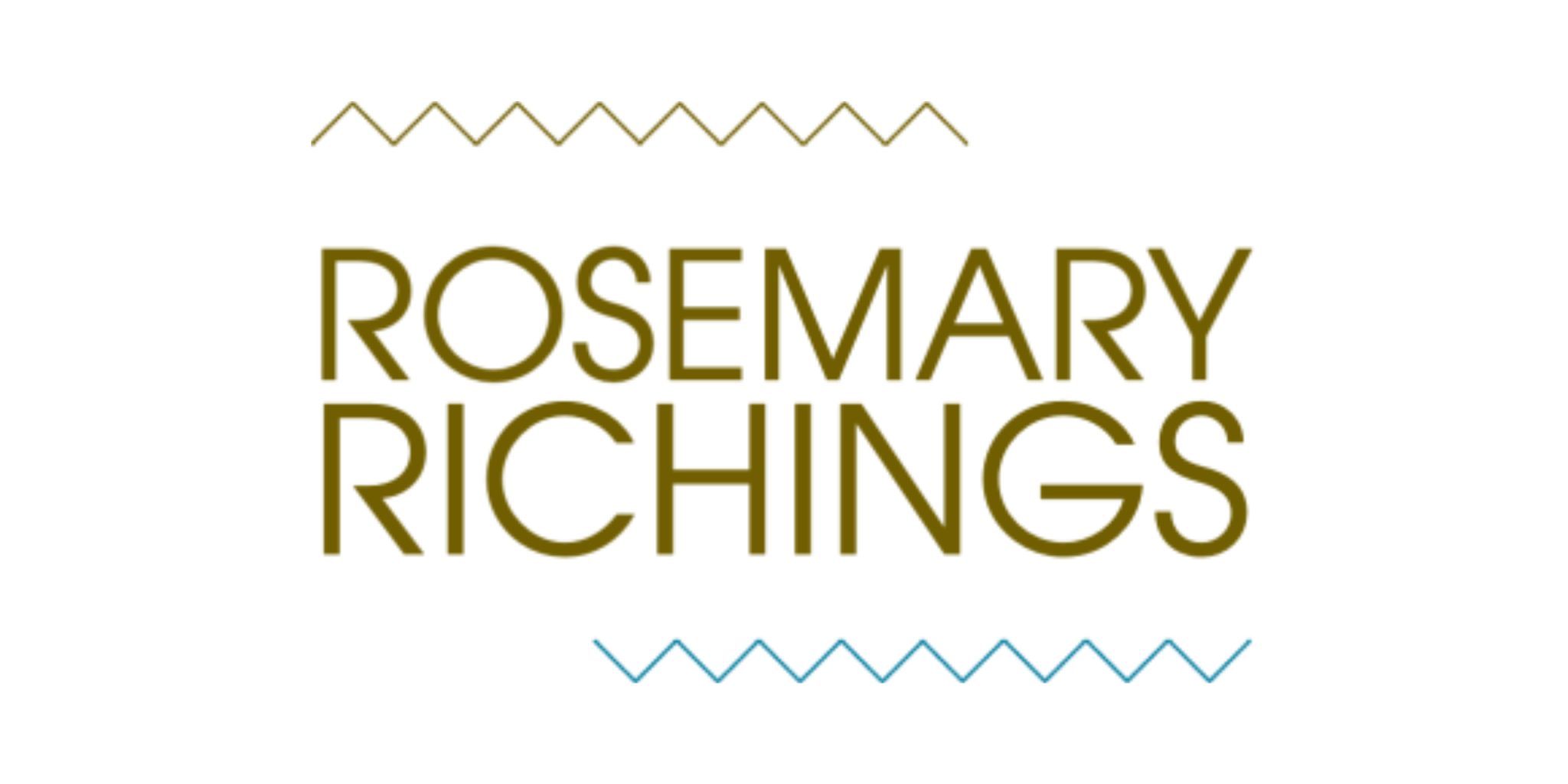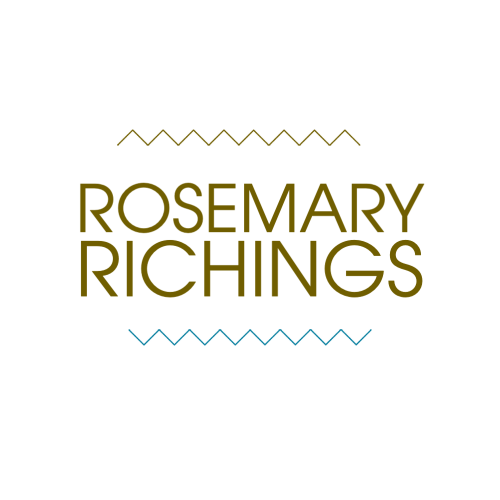I’m a little too used to waiting. Although I’ve got a competitive writing portfolio and have the unique opportunity to make a lot of really fun and ambitious media appearances. Yet there’s a lot of waiting in between. If I simply gave up while waiting or crossed my fingers and hoped for the best, nothing would happen. This is exactly where active waiting is so important.
What is active waiting?
Active waiting is about doing things with your time that trigger results over the long term. Although two podcasters and entrepreneurs I personally like, the founders of Being Boss, have a different term for this that means the same thing: doing the work and “being boss”. Emily Thompson offers the following definition:
“Being Boss is about doing the work, not only to build a business that allows you to express yourself, make money doing what you love, and make a positive impact on the world, but it’s also about injecting those same practices, boundaries, habits, and gumption into your life as well.”
Here a few of the active waiting tactics that have worked for me. With these tactics, I can focus on what’s truly important: the long-term impact of the connections I make on a regular basis.
1) Create more content
Like it or not, we live in a world where people really want to see something real from the people involved in the things we consume on a daily basis; E.G: the popular YouTube show Hot Ones, where the host interviews guests while they try increasingly spicy wings.
My husband and I became fans of that show later than most people but binge-watched the videos a few nights in a row. Now we’ve seen many of its most iconic interviews. After every interview, I felt like I got to know people I had seen on the news, in TV shows, and in movies for so many years better than I ever had. When I learned that Hot One’s creator, Sean Evans’ main goal was to make people feel connected, that made a lot of sense to me.
Why is content creation a type of active waiting?
It’s impossible to deny just how divided of a world we live in when it comes to politics. I’m reluctant to name particular names, countries, or political parties that are making this happen. Although…. all you have to do is turn on the news to know why this is the case.
A SproutSocial survey revealed that consumers expect brands to generate content that fosters community and emotional connections. This survey examined this trend from the perspective of social media content, but this applies to all types of content creation as well.
When you post something new, you’re connecting with people on an emotional level. Everything from sharing what you’ve been reading lately, to sharing an opinion on your blog helps people who are on the fence about what you represent form their own opinions. They can either support you or support someone else with a different set of values.
2) Never stop reaching out.
Ever since I first started freelancing, I have never lost the hunger to just keep reaching out to companies I want to work with, websites I wanted to write for, and podcasts I wanted to be a guest on. Even when I’m swamped with work, I make time to talk to a combination of past and potential clients.
To some, that may seem icky and gross but to me, it’s about thinking ahead. The idea of this used to scare the crap out of me, but then I read an article by Austin Church that changed my mindset. I’m a chronic overthinker, but Austin’s statement on the importance of following up helped me think about my professional interactions in a different way:
Even people who are 100% convinced that you’re the perfect fit for a writing project will forget to contact you. Other priorities and emergencies will chew into their brain space. They will keep pushing the next conversation back and back and back until they forget about the project entirely. In fact, prospects and clients may forget about you entirely.
But…if you think that being as pushy as an unsolicited telemarketer is the only way to do this, think again…
Really what it’s about is relating to people on a basic human level. Once a month, sometimes more than that, I’ll dedicate an entire day to just emailing or LinkedIn messaging professional contacts. A sale is never the expected outcome, but it can happen. If it never happens though, that’s fine too. People talk to people in their network every day, and sometimes they’ll recommend the service providers that they like.
Instead of sticking to a template, I’ll remind them of how we know each other. Then, I’ll either recommend a relevant resource or compliment them on something going on their life. My go-to is often details like new headquarters, a new website, a podcast episode I listened to, or something similar to that.
I get spammed with guest blogging and service provider pitches that suck on a regular basis. So I dislike unsolicited sales requests that demonstrate zero knowledge of what you offer just as much as the people I email on a regular basis. Personalizing my messages takes more time but it is definitely worth it because it reassures people that you care about a lot more than just their wallets.
3) Take care of “you”
That probably sounds like a mix of hippy and cliche, but there’s a great deal of truth to it. During the truly busy times, I have done everything from forgetting to eat to resorting to unhealthy caffeine, exercise, and snacking choices. Meeting my deadlines becomes priority number one, and this is a very harsh industry.
I live with and am married to someone with type one diabetes. When my partner is home, everything else comes to a halt when it’s time to eat for very obvious health reasons. This has reduced the amount of unstructured snacking incidents.
How is self-care active waiting?
When the workload lightens, a great opportunity happens to make more time for more meal breaks, more exercise, and more rest. No matter what creative field you work in, your brain has the same level of importance as the hands of a tradesperson. So to truly harness the head on your shoulders, you also need to take any opportunity that you can to rest and recharge.
During COVID times, for me, that has manifested itself through week-long visits with family. I have the unique privilege of having a family that’s really, geographically spread out. So there are plenty of couches to crash on in a variety of cities and countries. Although to be respectful of COVID, I’ve stuck exclusively to small Canadian towns in my province. When you’re taking a break, you tend to do active waiting. Because you’re resting up for the inevitable busy periods of time.
4) Consider passive income options
What is passive income? According to Cate of the Sweet & Simple Life:
We’re not talking about the passive income you earn in other fields, like real estate. We’re just talking about creating an income stream and system that allows you to earn money directly from your blog even when you’re not physically in front of your computer working.
Although the word “passive income” is a misleading term. The word “passive” throws people for a loop because it’s both passive and not passive. The process involved in getting eyeballs and clicks on the digital product or affiliate links that you want people to pay attention to is just as much work as any business or creative endeavour.
Once it’s set up, you can earn money from digital products and affiliate links on a per click basis. And you don’t have to be logged in to your computer or awake. So far I have set up passive income on multiple platforms. I use affiliate links in some of my blog posts, and also on my recommended blogging tools page. I’m also a member of the Medium Digest partner program, which allows me to earn small amounts of money on likes and shares of the articles that I write.
Then there’s my digital product, an e-book that’s a beginner’s guide to blogging.
Although I generally don’t make enough off passive income to focus on that alone, it’s not a bad idea
It takes a small amount of guilt out of the equation of active waiting. Unfortunately, the creative professional lifestyle involves a lot of waiting. Adding affiliate endorsements to your content, writing something on platforms like Medium Digest, and creating digital products and courses out of the things you’re great at is a great way to pass the time.
Not only can you supplement your active income with passive income, but you can build your audience while getting even better at the craft that people pay you for. The difference between creative professionals and creative hobbyists has nothing to do with talent, but most assume that it does.
Creative professionals are putting in the time and effort into building an active following of people interested in investing in their services and projects. Creative hobbyists are people who take a passive “hope and pray” approach to finding the right audience. They don’t do the work, they just hope for the best. If you want your active waiting to end in something that’s worth the wait, you have to be willing to do the work required to make it happen.
PS: New articles are published bi-weekly on Mondays. Browse more posts:
50+ B2B articles →
100+ writer-to-writer articles →




